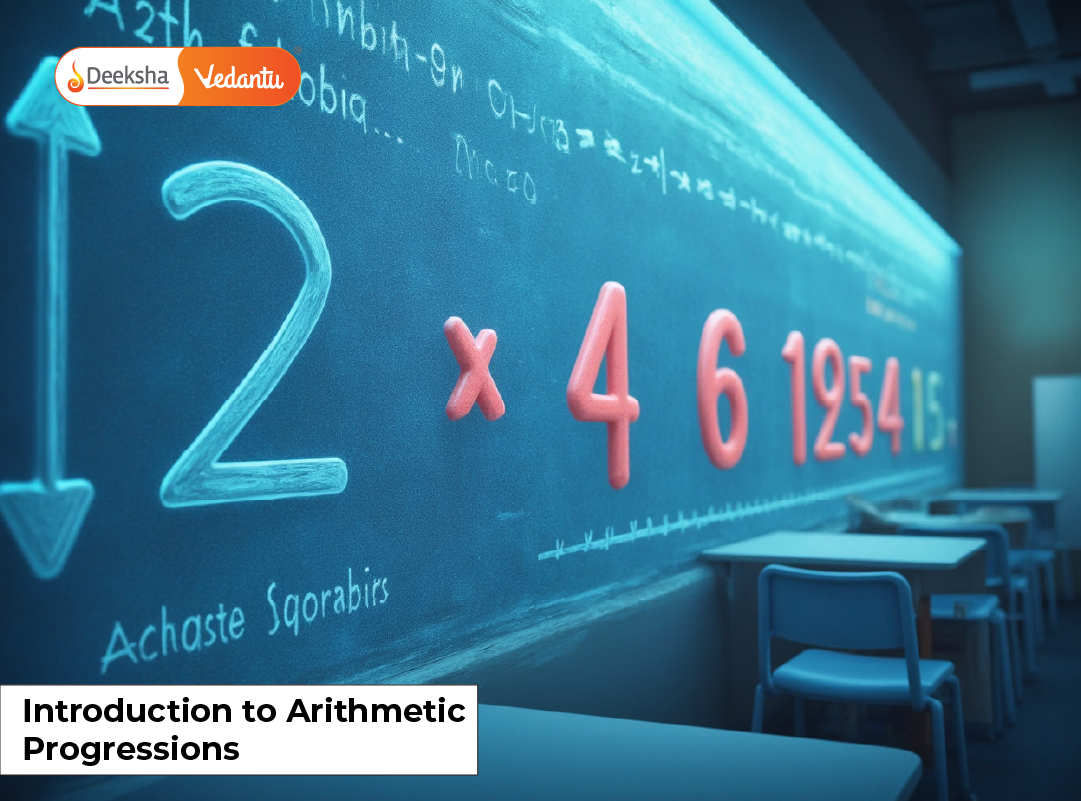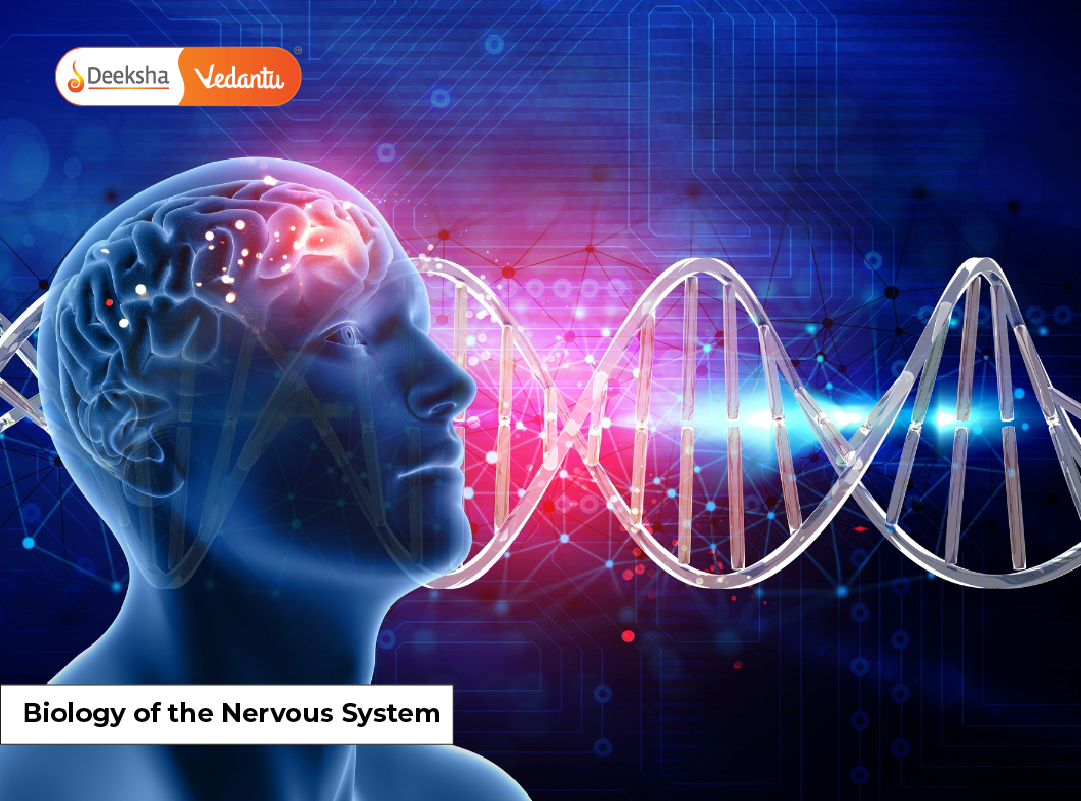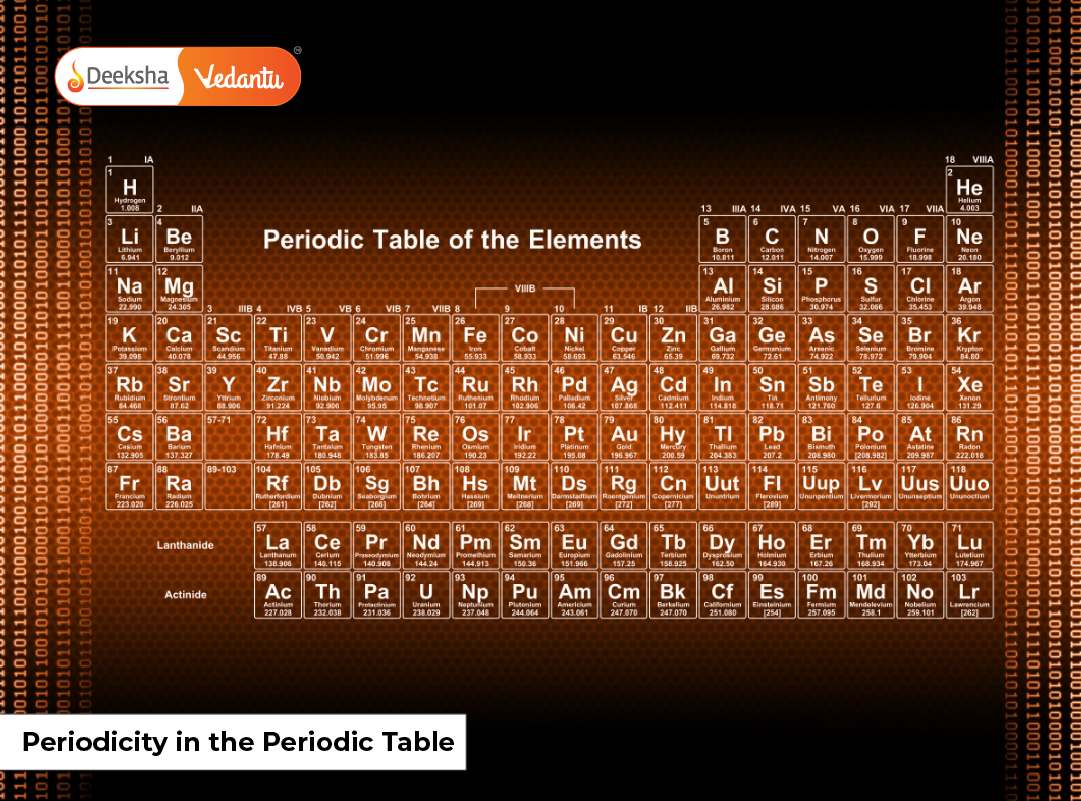Introduction
Physical Chemistry forms a significant portion of the NEET Chemistry syllabus. Unlike Organic and Inorganic Chemistry, Physical Chemistry is heavily numerical and requires a clear understanding of concepts along with formula memorization. Scoring in this section becomes easier if you’re well-versed with the key formulas and their applications.
Many NEET aspirants struggle with Physical Chemistry because they try to memorize rather than understand. However, once you master the formulas and learn how to use shortcuts effectively, this section can become one of your strongest. In this guide from Deeksha Vedantu, we present a complete breakdown of chapter-wise must-know formulas, tips, and smart shortcuts to help you score higher with less effort. We’ll also walk you through strategic revision methods, practice routines, and important conceptual frameworks so you can confidently tackle any Physical Chemistry question in NEET.
NEET Physical Chemistry: Chapter-Wise Weightage & Question Trends
Physical Chemistry covers both Class 11 and Class 12 chapters. Based on NEET trends from previous years, here is an estimated chapter-wise question distribution:
| Chapter | Approx. No. of Questions |
| Mole Concept | 2-3 |
| Thermodynamics | 1-2 |
| Equilibrium | 2 |
| Chemical Kinetics | 1-2 |
| Electrochemistry | 2 |
| Solutions | 2 |
| Solid State | 1 |
| Surface Chemistry | 1 |
Most chapters have predictable question patterns. By mastering the right formulas, you can solve these quickly and accurately. The question formats typically include numerical calculation, theoretical applications, unit conversions, and formula-based multiple-choice questions. Understanding this trend helps allocate time wisely during revision.
Explore Deeksha Vedantu Long Term NEET Coaching to boost your NEET Scores today.
Must-Know Formulas: Chapter-Wise Breakdown
Mole Concept and Stoichiometry
This chapter lays the groundwork for all Physical Chemistry calculations. Mastering mole concept is essential for solving quantitative questions in almost every other chapter.
- Number of moles:
- Molarity (M):
- Normality (N):
- Dilution formula:
- Avogadro’s Law:
(at constant T and P)
- Percentage composition:
- Empirical formula calculation: Based on simplest mole ratio
Thermodynamics
Thermodynamics concepts are crucial not just for NEET Chemistry but also for understanding biological energetics and processes.
- First law:
- Work done in isothermal process:
- Enthalpy change:
- Gibbs free energy:
- Spontaneity condition:
- Heat capacity:
Understand sign conventions thoroughly to avoid common mistakes in calculating internal energy or work done. These formulas are directly tested in numerical questions.
Equilibrium
Equilibrium includes both chemical and ionic equilibria. It’s important to differentiate between Kp, Kc, and pH-based formulas.
- Kp and Kc relation:
- Equilibrium constant expressions: Based on balanced reaction
- Ostwald’s dilution law:
- Buffer pH (Henderson-Hasselbalch):
- Water ionization:
at 25°C
These concepts often appear in NEET as assertion-reason or numerical type questions. Knowing how to manipulate and apply these equations is key.
Electrochemistry
This is one of the most scoring chapters if formulas and sign conventions are mastered.
- Nernst Equation:
- Gibbs energy from EMF:
- Standard EMF of a cell:
- Cell notation tips: Anode (oxidation) || Cathode (reduction)
- Faraday’s law:
, where
Questions from this chapter test the relationship between cell potential, spontaneity, and the use of standard electrode potential values.
Chemical Kinetics
Reaction rates and mechanisms are central to understanding how reactions proceed. This chapter requires understanding graphs, orders, and units.
- Rate law:
- First order integrated rate equation:
- Half-life for first-order:
- Arrhenius equation:
It’s important to correlate rate laws with experimental data. NEET often presents data tables that require interpreting rate constants or order of reaction.
Solutions and Colligative Properties
This chapter tests students’ understanding of solution concentration and its effects on properties like boiling and freezing points.
- Molality (m):
- Osmotic pressure:
- Freezing point depression:
- Boiling point elevation:
- Vapor pressure lowering:
NEET frequently asks numerical questions from this section, especially based on depression of freezing point or osmotic pressure.
Solid State
Understanding the types of unit cells and their geometry helps in solving structure-based numerical questions.
- Density of unit cell:
- FCC edge length:
, BCC:
- Packing efficiency: FCC = 74%, BCC = 68%, Simple cubic = 52%
- Atoms per unit cell: SC = 1, BCC = 2, FCC = 4
Check out our NEET Residential Coaching option for focused preparation.
Tables for Quick Revision
Common Unit Conversions
| Quantity | From | To |
| Volume | 1 L | 1000 mL |
| Pressure | 1 atm | 101.3 kPa |
| Energy | 1 cal | 4.18 J |
| Temperature | Celsius | Kelvin = °C + 273 |
Constants and Their Values
| Constant | Symbol | Value |
| Avogadro’s Number | N_A | |
| Gas constant | R | |
| Faraday constant | F | |
| Boltzmann constant | k |
Smart Shortcuts and Tricks
- Use proportional reasoning: Convert grams to moles directly using ratio methods
- Shortcut for dilution problems: Apply M1V1 = M2V2; keep units consistent
- Sign trick in thermodynamics: Work done by system = negative, by surroundings = positive
- Equilibrium tip: If
- Use log tricks: Approximate values:
- Unit consistency: Always check for L, mol, K when using R in equations
Mistakes Students Often Make in Physical Chemistry
- Mixing up formulas like
and
- Using °C instead of K in thermodynamic calculations
- Misidentifying anode and cathode in electrochemical cells
- Misapplying order of reaction based on coefficients (it’s always experimental)
- Forgetting to consider van’t Hoff factor in colligative property questions
Avoiding these errors can significantly improve both accuracy and confidence in exams.
FAQs
Is Physical Chemistry hard to score in NEET?
Not at all, once you understand the basics and revise formulas regularly. Many students find Physical Chemistry to be the most predictable and scoring section.
Are all formulas from NCERT enough?
Yes, especially when paired with solved examples and practice questions. NEET questions are strictly based on NCERT guidelines.
How to revise formulas one day before NEET?
Use a self-made formula sheet. Focus on high-weightage chapters like Thermodynamics, Electrochemistry, and Solutions. Don’t attempt anything new—just revise what you already know.
What chapters carry the most weight?
Based on recent trends: Mole Concept, Electrochemistry, Thermodynamics, and Chemical Kinetics appear consistently in NEET.
How should I practice for Physical Chemistry?
Solve topic-wise NEET question banks, attempt formula-based worksheets, and revise using flashcards daily.
Conclusion
Physical Chemistry is often feared, but in reality, it is one of the most structured parts of NEET Chemistry. Once you are thorough with formulas and understand their applications, scoring becomes significantly easier. Focus on solving a wide range of problems, revising formulas regularly, and mastering shortcuts to minimize calculation time.
With proper planning, active problem-solving, and structured revision, even the most formula-heavy chapters become manageable. Stay consistent, solve previous year papers, and keep refining your formula memory.
At Deeksha Vedantu, we emphasize smart preparation. Our formula-first approach, combined with concept revision and regular assessments, helps students turn their weak areas into strengths.
Table of Contents















Get Social